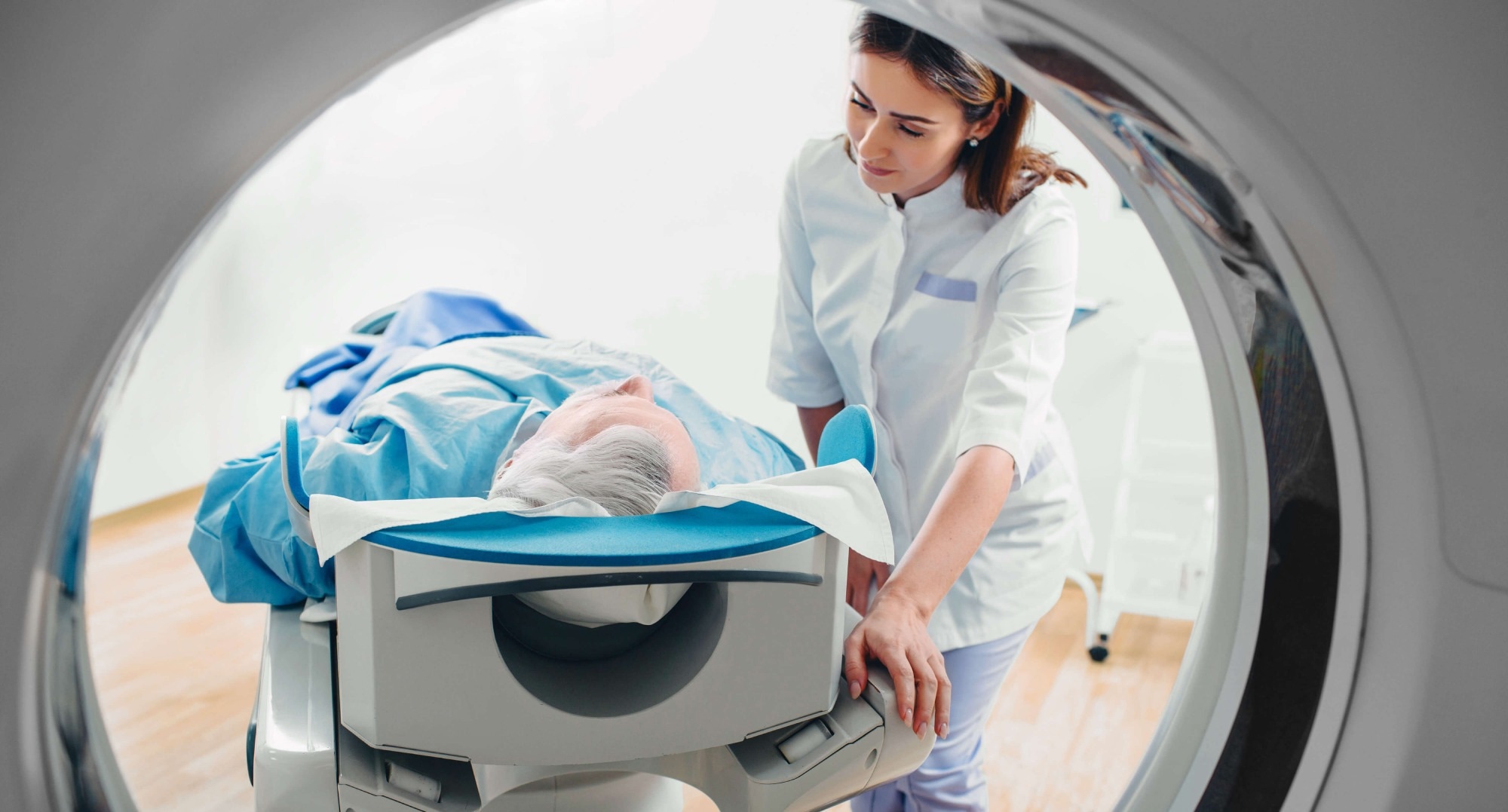Sponsored Content by RQM+Reviewed by Emily MageeNov 10 2022
What is proactive PMS, and why is it necessary?
The word “proactive” is used four times with respect to postmarket data collection in both the MDR and IVDR. Articles 2(60) and 2(63) respectively refer to post-market surveillance as “a systematic procedure to proactively collect and review experience gained from device” and do not mention reactive data collection. On the other hand, Annex III refers to data that most of us think of as reactive, such as complaints evaluation, so it is clear that data should be collected from both proactive and reactive sources.
A frequent issue raised by Notified Body reviewers is that there is no, or insufficient, proactive postmarket data collection within the PMS or PMCF plans. A manufacturer may then point to literature review as a proactive activity, only to be told either that this is not considered proactive, or is not sufficiently proactive.
A lively debate broke out at a recent PMS conference, to the effect that the words “proactive” and “reactive” should be abandoned altogether, and instead the word “appropriate” should be used. “Appropriate” meaning, appropriate to the residual risks of the device, and the questions you are trying to answer in the postmarket phase. And seldom would “appropriate” be considered to mean exclusively sources of data that manufacturers have no control over; for example, if one of your postmarket objectives is to gather evidence to demonstrate that conclusions based on smaller pre-market studies can be generalised to a broader patient population, then literature review would not be considered appropriate, as you cannot guarantee that there will be any publications on your device.
For this reason, a common interpretation of ‘proactive’ post-market surveillance (PMS) amongst MDR Notified Body reviewers is that it is an activity that gives you the ability to answer specific questions regarding device safety, performance, or clinical benefit.
However, under IVDR, the current interpretation is that a literature review confirming scientific validity and state of the art (SOTA) status may be acceptable for some very low-risk, well-established devices, and may therefore be considered sufficiently “proactive”.

Image Credit: Adobe Stock Image
PMS is more than just safety. What type of data goes into collating a proactive PMS review?
Article 83 requires manufacturers to gather, record and analyse “relevant data on the quality, performance and safety of a device throughout its entire lifetime”. Uses of this data include updates to:
- the benefit-risk determination
- the clinical evaluation
- the summary of safety and clinical performance.
Therefore, the PMS plan needs to ensure that the data collected provides evidence with respect to safety, performance and clinical benefit, in relation to the SOTA. Evidence with respect to the SOTA may be collected from literature review and other sources. Safety may be addressed in part by review of complaints and adverse events databases, but there are often concerns about the completeness of such data sources, and therefore more proactive mechanisms, such as surveys, may be recommended. To demonstrate performance and clinical benefit normally requires data based on patient experience. Depending on the strength of the existing clinical evidence, the residual risks, and the identified research questions, this could include a variety of different sources at different levels within the acknowledged hierarchy of evidence based medicine, such as (non-exclusively):
- Well-designed user surveys
- Retrospective studies, including retrospective chart reviews
- Patient surveys via apps or patient fora
- Manufacturer initiated registeries
- National registries, or nested studies within such registries
- Prospective observational studies designed to gather data on larger populations to enable greater data stratification and analysis
- Other prospective studies designed to confirm or strengthen the existing evidence in identified areas of interest (for example, to confirm conclusions based on equivalence)
In general, post market data collection should be moving away from smaller studies towards larger, more representative real-world data sets.
When assessing device/product performance, what are the best ways to assess the sufficiency of the clinical evidence for purposes of compliance?
The process begins by identifying the intended purpose of the device, including the specific indications and patient populations, and the key safety parameters and intended clinical benefits associated with these. Note that clinical benefit is not synonymous with performance: for example, the intended purpose of a fusion device may be to facilitate fusion, but the intended clinical benefit is not simply to achieve fusion, but to improve the patient’s life in some way, for example by pain reduction.
Having identified the relevant risks and intended performances and benefits, the manufacturer must then identify appropriate clinical outcome parameters and benchmarks based on the SOTA. By benchmarks, we mean quantifiable clinical outcome measures and associated statistical descriptors which can be used to define a successful procedure – it does not mean a specific device or procedure to be used as a gold standard for comparison.
The next steps include collecting and appraising relevant clinical evidence, stratifying that evidence and mapping it to the identified requirements and benchmark outcomes, and assessing the strength of available evidence against each requirement. Gaps or weaknesses can then be identified on the basis of this stratified evidence.

Image Credit: Adobe Stock Image
What are the acceptable data sources to evaluate the SOTA as an input to the benefit-risk assessment?
The SOTA is typically evaluated by literature review, but there is a hierarchy of evidence which may supplement the literature review. Comprehensive benchmarks established from the highest levels of these sources can significantly reduce the scope of the required literature review. Within the EU, the highest level within the hierarchy would be Common Specifications which specify requirements for clinical safety, performance and benefits of the device. Professional society guidelines which are consistent with the standard of care within the EU can be another strong source of evidence, followed by relevant systematic reviews within the peer-reviewed literature. If sufficient information exists at these levels to define those relevant clinical outcome parameters and benchmarks, further literature review may be unnecessary (note however that since Common Specifications and professional society guidelines may go out of date, a high level literature review should always be undertaken, to confirm consistency of these sources with conclusions from recent systematic reviews, where available).
How are PMCF/PMPF studies different from pre-market clinical investigations?
PMCF/PMPF studies are taken after the device has been placed on the market, and are always conducted within the approved indications for use. A broader variety of study designs may be employed with PMCF/PMPF. Smaller prospective studies and randomised controlled trials (RCT) are less common in postmarket studies, as such studies are typically intended to demonstrate aspects of device safety, performance and clinical benefit, whereas postmarket studies are intended to confirm or enable greater generalisation of these conclusions. Postmarket studies are more likely to involve larger, real-world data sets, to allow more granular analysis of results with a broader representative patient population.
Are all timeframes the same for building a proactive PMS? For example, are reviews of the literature and user feedback done in the same timeframe?
This will be highly dependent on the device, the identified residual risks, the SOTA, and the rate of change of information. A regular cadence appropriate to these parameters should be established, but a critical aspect of this is to ensure communication and data sharing, to avoid duplication of effort or mismatch of the outputs of one process to the required input for associated processes.
How does the data acquired for a proactive PMS workflow come together to ensure compliance?
Communication and data do not always flow seamlessly between risk management, clinical, and post-market surveillance systems. Therefore, understanding how everything comes together, building the expertise to integrate these elements, and ensuring effective project management is essential – that is what we at RQM+ can offer.
We offer strategic guidance, a risk-balanced approach, and industry experience.
RQM+ can assist with all technical documentation requirements for a client’s medical devices; this relationship works best when we are involved with all interacting functions with the process.
PMS is just one part of the story the notified bodies will evaluate; they need quality documentation from pre- to post-market delivery. Often, it is difficult to share the complete picture of a safe and effective device, but RMQ+’s integrated approach reduces time to certification with fewer questions and nonconformities, bringing with it the necessary compliance to meet EU MDR and IVDR requirements.

Image Credit: Adobe Stock Image
How does RMQ+ ensure clients remain compliant and keep pace with SOTA in terms of performance and clinical benefit?
At RQM+ we help proactively create your PMS plan, develop surveys, and write reports with the resource capacity and solutions defined, to help medical device manufacturers achieve and maintain compliance.
Moreover, we can address data gaps by simultaneously creating new processes and advising on how to incorporate efficiencies: by creating surveys, analyzing data, or writing reports, we ensure a proactive PMS workflow by acquiring a comprehensive overview and making sure all manufacturer documents are consistent.
We work closely with our clients to define the scope and have a team of experts to negotiate complex situations. This collaborative workflow helps bridge any product gaps that may be identified and build in-house skills and capabilities to deliver transformative solutions.
About Dr. Amie Smirthwaite
Dr. Amie Smirthwaite is the Senior Vice President, Intelligence and Innovation at RQM+ and joined the company in March of 2020. A clinical and regulatory affairs expert, Amie has over 25 years of postdoctoral experience in medical devices, spanning new product development, quality and regulatory systems, and clinical data evaluation.
She is leading the RQM+ Intelligence and Innovation team, following her role as former Global Head of Clinical Compliance at BSI. Amie developed BSI’s clinical compliance team and lead clinical aspects of BSI’s successful MDR designation and has contributed to numerous clinical and regulatory guidance documents and training.
About RQM+
RQM+ is the leading MedTech service provider with the world’s largest global team of regulatory and quality experts. We provide comprehensive regulatory, quality, clinical and laboratory services, supporting market access throughout the entire product lifecycle for medical devices and diagnostics. With more former FDA, MHRA and notified body regulators than any other firm, the RQM+ team has deep expertise in all clinical specialties. RQM+ currently works for eight of the top 10 medical device manufacturers and seven of the top 10 IVD companies. For more information, visit RQMplus.com.